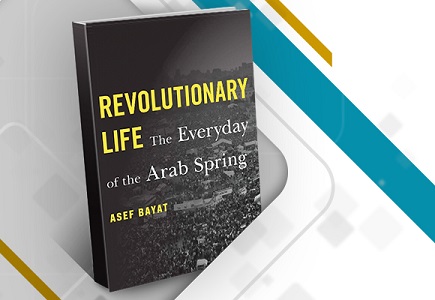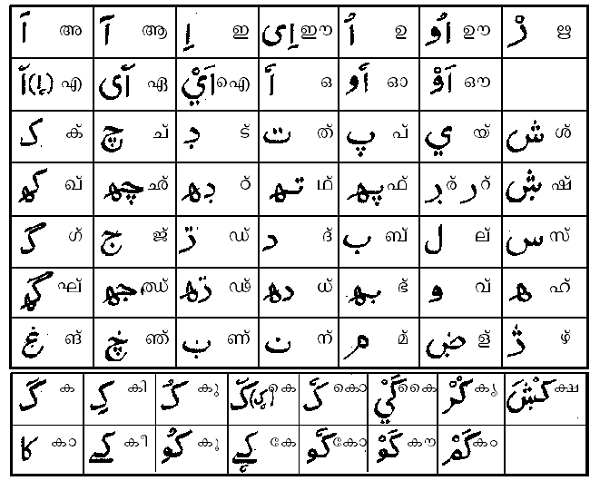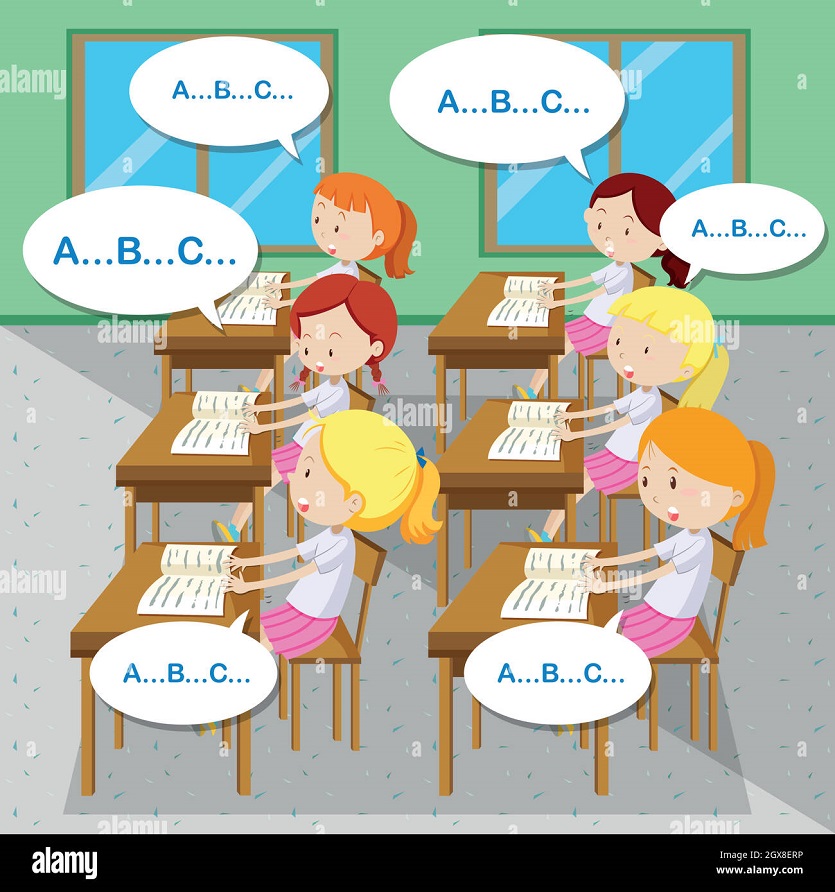WOMEN ENTREPRENEURS IN INDIA; OPPORTUNITY AND GOVERNMENT ASSISTANCE
24-April-2020
Mohammed Yaseen TT
Assistant Professor, Dept. Of Commerce, KTM college of advanced studies, Karuvarakundu
Volume No :
Issue No :
Women today are aware of the burden of their work and role, both literal and figurative. This awareness has resulted in a resistance to the perception of the female self as adaptable and flexible. The role and work of women are intimately related to the goal of comprehensive socio- economic, political and cultural development of all societies and the quality of life on our planet. In general, contemporary economists agree that an entrepreneur is a business leader who plays a pivotal role in fostering economic growth and development. Entrepreneurship is one of the most important inputs in the economic development of a country or a region and the number of competent entrepreneurs affect its economic growth.
Entrepreneurship plays a vital role in industrial development. The industrially developed countries like USA, Germany and Japan bear the evidence that their progress in their economy is the effect for which entrepreneurship is the cause. Economic growth and industrialization are the by- products of entrepreneurship.
Women entrepreneurship is the process where women take lead and organize a business or industry and provide employment opportunities to others. The Government and Non-Governmental organizations have given more prominence to promote self employment among women and thereby build women entrepreneurship. Special financial assistance is also provided and training programmes are organized for women to start their ventures. The emergence of entrepreneur in society depends to a great extent on the economic, social, religious, cultural, and psychological factors prevailing in the society. In the Indian industrial scenario women entrepreneurships have two dimensions, viz. rural entrepreneurship and urban entrepreneurship. In rural areas, enterprises creation is looked upon more as a source to supplement family income. Many times very tiny unviable units started without any market orientation; do not survive in the long run due to their inherent weakness.
INTRODUCTION According to the Government of India, a women entrepreneur is defined, as an "enterprise owned and controlled by women and having minimum financial investment up to 51% of the capital and giving at least 51% employment generated in the enterprise to women". The Industrial Policy Resolution of 1991 has highlighted the necessity to provide special training programmes to develop entrepreneurship in women.
In India, the female population is 495miIlion as per the census in 2001 contributing to nearly half of the country’s population. The socio-economic development of a country cannot be fully
realized so long as its women are confined to subordinate position and their talents remain unexplored. Women entrepreneurship is becoming a reality now -a-days due to pull and push factors. Between the pull and push factors, the former takes it as a real challenge with an urge to do something new and take up an independent occupation. The other category of women establish business enterprises to get away from their financial problems of self and the family.
In India, 25 years back our late Prime Minister Mrs.Indira Gandhi stressed that women have trailed behind men in almost all sectors and therefore generating opportunities for their independent means of employment only could raise their status. Consequently, reorientation of government policies and programmes were initiated for accomplishing a more effective economic growth by enhancing women's productive roles.
A women enterprise is defined as a small scale industrial industry related service or business enterprise managed by one or more women entrepreneurs in propriety concerns in which she/ they individually or jointly have a share capital of not less than 51% as partners/ share holders/ directors of private limited companies/ members of cooperative societies.
Economic participation of women in paid employment in India has led to the improvement of the quality of life of the population and more so participation of women in entrepreneurial activities. This not only brings economic independence but also involves women in decision-making and thereby empowers them. Women industries in India mainly fall into informal sector where less than 10 persons are employed with power and 20 persons are engaged without power and they will be Labour-intensive and relay on indigenous resources with family ownership requiring only small-scale skills.
Earlier women concentrated much on traditional activities. But now due to the spread of education, favorable government policies towards development of women's entrepreneurship, women have changed their attitudes and diverted towards nontraditional activities too. They show favorable responses to changing situations and get adjusted to them and have improved their positions.
At present in India the scenario is fast changing with modernization, urbanization and development of education and business. Thus the opportunities of employment for women have increased drastically. At this juncture it is necessary to increase the opportunity of self- employment for educated unemployed women through the development of entrepreneurship. Self-employed entrepreneur creates not only her employment but also creates employment opportunities to others.
Women constitute around half the total world population, so it is in India too. They are therefore, regarded as the better- half ofthe society. In traditional societies, they were confined to the four walls of their houses performing household activities. In modem societies they have come out of the four walls to participate in all types of economic activities. The above said
global evidence proves that women have been performing exceedingly well in different spheres of activities, even though their entry into businesses is a recent phenomenon.
GOVERNMENT SCHEMES Women play key role in the development of MSME, women entrepreneurs are mostly the owners of micro, small and medium enterprises. Hence the growth of MSME also indicates the success of women entrepreneurs.
Credit Guarantee Fund Scheme Government will grant loan up to 25 lakhs without collateral/third party guarantees to small industries. It is operated by Credit Guarantee Fund Trust for Small Industries (CGTSI). This scheme covers up to 80% of the credit to women enterprises which include maximum guarantee limit of Rs 20 lakhs.
Swalamban (NORAD)
This scheme was implemented by Government of India by the Ministry of Women and Child Development with partial assistance from Norway since 1892. The objective of this scheme is to provide training to women for skill development in order to facilitate them to obtain employment or self-employment on a sustained basis. The target group of this scheme is the poor and needy women from weaker and backward section of the society. The Haryana State Women Development Corporation (WDC) is the nodal agency for implementation of this scheme through voluntary organisation of the state.
Rashtriya Mahila Kosh A cluster is a group of enterprises producing same or similar products/services. In a cluster there may be 20 or more enterprises. This cluster development programme carries on various diagnostic studies for identifying appropriate technologies and facilitates adoption of available technology which meets the needs of the end users. This Cluster Development Program intents to enhance competitiveness, advance technological improvement, adopt the best manufacturing practices, market the products efficiently, generate employment, etc. The clusters comprising of women’s’ enterprises are designated up to 90% assistance for conducting diagnostic study, forming association, organising workshops and seminars, capacity building by imparting training, development of market, launching websites, etc.
Women Component Plan (WCP) The plan was introduced in the Seventh Plan for empowerment of women. This plan specifies prioritizing financial resources for programmes/schemes for women, especially those which empowers women.
Self Employed Women’s Association (SEWA) SEWA a trade union registered in the year 1972. This union supports poor, self-employed women workers. SEWA supports its members in capacity building and in establishment of their own economic organization. Since 1972, SEWA is both an organization of poor women workers and a movement for them – to create better alternatives.
The Stand up India scheme This scheme was launched on April 5. This scheme assists the women and SC/ST entrepreneurs financially so that they have a fair chance at setting up their own businesses. The scheme support by providing loans from Rs 10 lakh to Rs 1 crore for the weaker sector of population.
The Ministry of Small Scale Industries The Ministry enhances productivity and competitiveness as well as capacity building of small women enterprises and their collectives in India.
Swa Shakti project and Swamsiddha scheme This scheme provides financial aid from international agencies to capacitate rural poor women through microfinance.
Support to Training and Employment Programme for women (STEP) Ministry of women and Child Development administers STEP scheme for training and skill development of women. This scheme works towards employability of women and helps them to become self-employed/entrepreneurs. The scheme is for women in the age group of 16 years and above.
The Federation of Indian Women Entrepreneurs (FIWE) The prime objective of this federation is to provide training facilities in export marketing and management, domestic marketing, quality control and standardization, management of enterprises, laws, regulations, procedures and systems for running a small and medium sized enterprise and sustaining its growth.
Technology Development and Utilization Programme for Women (TDUPW) This programme promotes acceptance of new technology by women, awareness creation regarding the new technology, training of women on technology related issues, promotes technological up gradation of tiny, small and medium enterprises managed and run by women entrepreneurs, organises demonstration programmes for the benefit of women, design and growth of products and other technical processes which are detrimental to success of women entrepreneurs.
Women Enterprise Development Scheme (WEDS) WEDS is designed for providing financial assistance to women for any viable economic generating activities in liberal terms and conditions.
Schemes of Consortium of Women Entrepreneurs of India (CWEI)
CWEI aids in achieving E-commerce (Electronic Commerce) by its global information transformation system and with its web portal. E-commerce is all about buying and selling products and services online.
Scheme of Assistance to Women Co-operatives (SAWP)
The scheme will initiate various structural, functional and institutional measures to empower women, capacity building and improvement of their access to inputs, technology and other farming resources.
These are the different schemes provided by Indian government for boosting up women entrepreneurs.
CONCLUSION Entrepreneurship among the women has been a matter of recent concern. The growing percentage of women now are coming into business and are no longer fulltime home makers but have taken the challenges of entrepreneurship and carrier proving the changing nature of women in this 21st century. Though now the structure is shifting, but many of the barriers may still exist. A woman entering into business is nurtured and fostered by family and friends at the outset. From this sheltered atmosphere when she comes into contact with other entrepreneurs, and her counter parts, she is baffled with a whole lot of questions such as the new atmosphere of the organizations, labour force, customers and the like. Sometimes she is made to feel discriminated either favorably or unfavorably.
It is said that when a man starts a business venture it is only he who becomes the entrepreneur whereas when a women takes an entrepreneurship the whole family changes into an entrepreneurial class in their behavior. Hence if the aim is to increase "entrepreneurs in the society" one should promote entrepreneurship among women, and the nation would move forward in leaps and bounds. Government of India also providing different interested schemes for promoting women entrepreneur.
BIBLIOGRAPHY Alexander P C.: "Industrial Estates in India”, Bombay 1963
Ganesan "Status of Women Entrepreneurs in India" Kanishka Publishers. New Delhi. 2003
Lalitha Iyer: "Women Entrepreneurs -Challenges and Strategies" Frederick Exert Sifting(FES) New Delhi, 1991 JOURNALS Southern Economist, July, 2002
Successful Women Entrepreneurs: Their identity, expeatations and problems -A Exploratory Research Study, NIESBURD, 1988.





